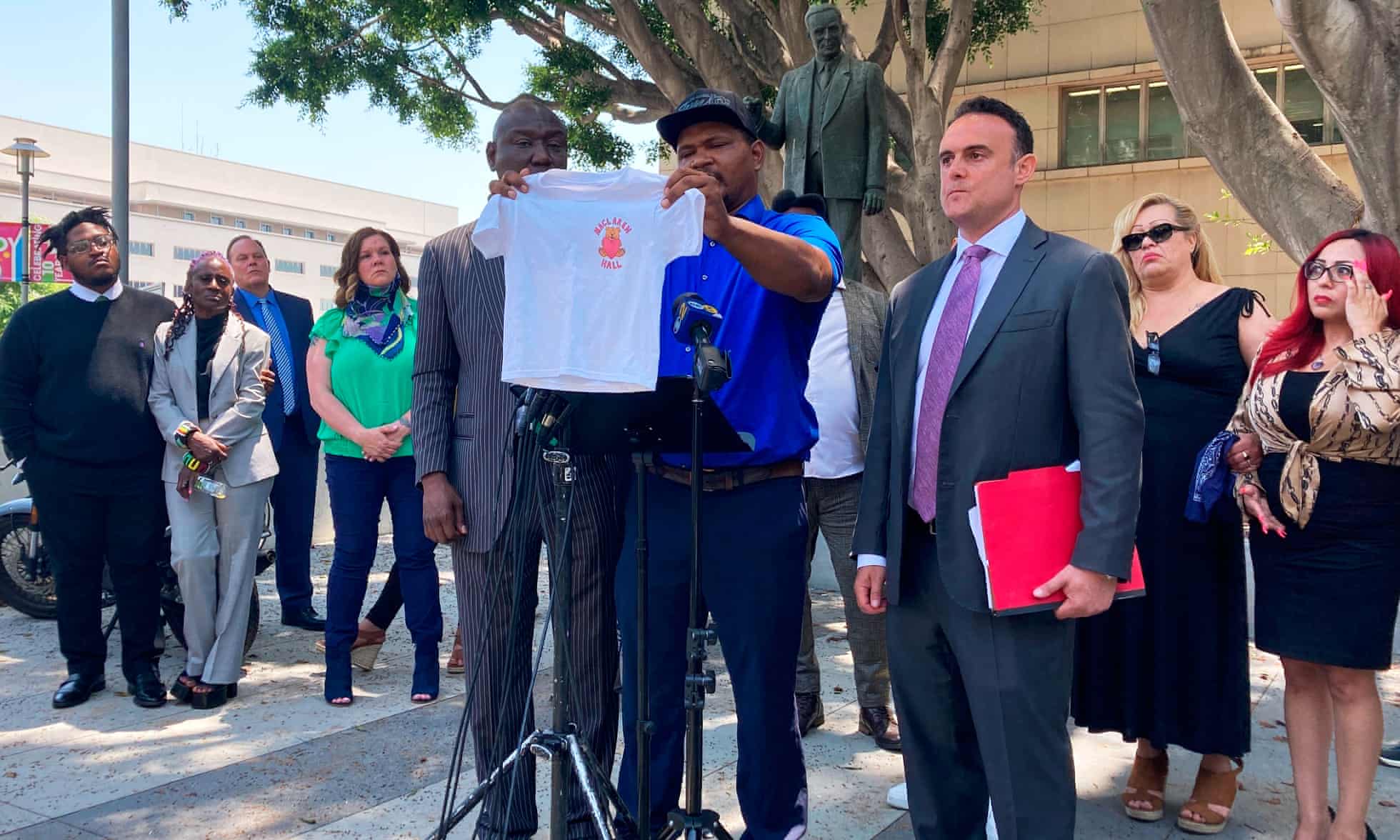 Contrary to popular belief, the Cuban missile crisis did not end with the agreement between the US and Soviet Union in October, 1962. Unknown to the US at the time, there were 100 other nuclear weapons also in the hands of Cuba, sparking a frantic - and ingenious - Russian mission to recover them.
Contrary to popular belief, the Cuban missile crisis did not end with the agreement between the US and Soviet Union in October, 1962. Unknown to the US at the time, there were 100 other nuclear weapons also in the hands of Cuba, sparking a frantic - and ingenious - Russian mission to recover them.
In November 2011, aware that the 50th anniversary of the most dangerous few weeks in history was less than a year away, my Russian colleague Pasha Shilov and I came across several new accounts that changed our perspective on the Cuban missile crisis and how much we thought we knew about it.
Growing up in Berkshire, England, through the nuclear paranoia of the 1980s, with Ronald Reagan's Cruise and Pershing missiles stationed only 30 miles away from my family home, I was inculcated with a keen awareness of Cold War brinkmanship.
Pasha grew up in Moscow and described how it was from the Soviet point of view - equally frightening by his account.
But what we've now learned about the chilling events of October and November 1962 has put our own experiences into perspective - and maybe given rise to a few more grey hairs along the way.





 Ukraine's President Volodymyr Zelenskiy confirmed for the first time on Monday that Ukrainian troops have been...
Ukraine's President Volodymyr Zelenskiy confirmed for the first time on Monday that Ukrainian troops have been... Los Angeles county has reached a $4bn agreement to settle nearly 7,000 claims of sexual abuse...
Los Angeles county has reached a $4bn agreement to settle nearly 7,000 claims of sexual abuse...






























